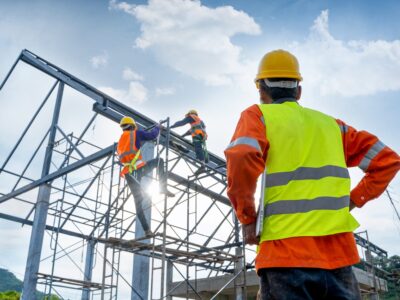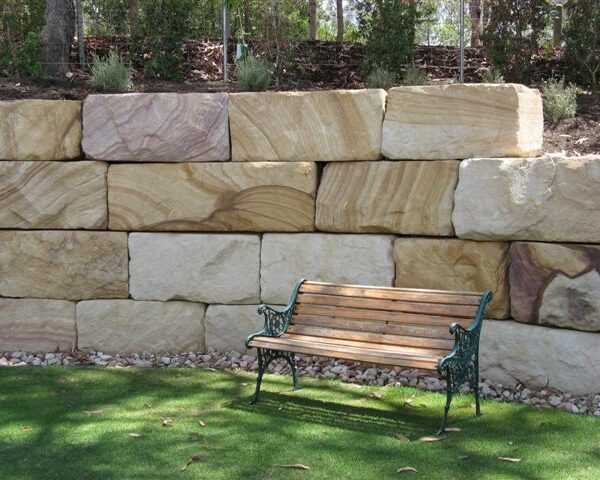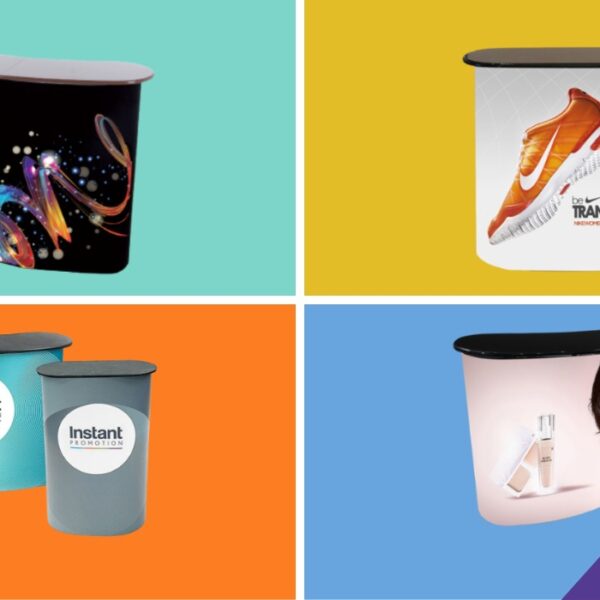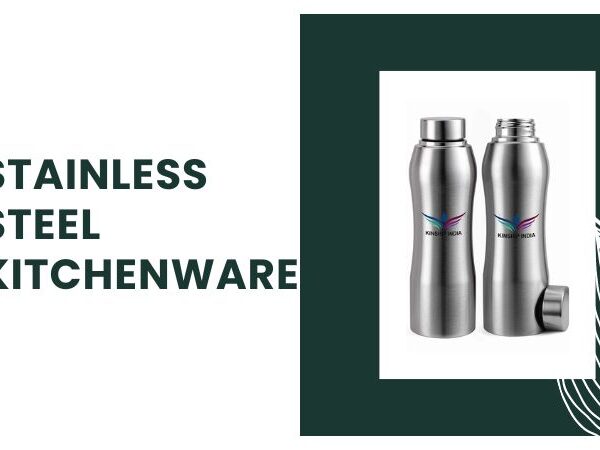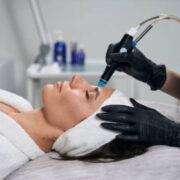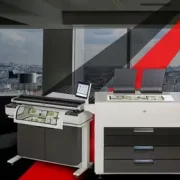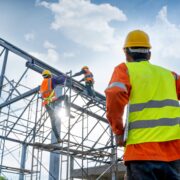
When considering professional air duct cleaning, understanding the systematic approach can shed light on the intricacies of this essential service. From the meticulous initial inspection to the precise debris removal process, each step plays a critical role in enhancing indoor air quality and HVAC system efficiency. You may be surprised to learn the level of detail and expertise involved in the process, ultimately leading to a cleaner and healthier environment for you and your family.
Initial Inspection
During an initial inspection for professional air duct cleaning, your technician will assess the condition and layout of your ductwork. The inspection process is important as it helps the technician determine the level of dust, debris, or potential contaminants present in your duct system. By understanding the layout of your ductwork, the technician can plan the most effective cleaning techniques tailored to your specific needs.
Throughout the inspection process, the technician will use specialized tools to evaluate the overall condition of the ductwork, including any signs of mold growth or blockages. This thorough assessment allows the technician to identify areas that require extra attention during the cleaning process. By identifying these trouble spots early on, the technician can make sure that all contaminants are properly removed, improving the air quality in your home.
Equipment Setup
To start the process of equipment setup for professional air duct cleaning, you’ll gather the necessary tools and materials required for the job. This includes items such as a high-powered vacuum, agitation devices like brushes or air whips, HEPA vacuum filters, and sanitizing agents. Before starting, make sure that all equipment is in good working condition by conducting regular equipment maintenance checks.
As you set up the equipment, keep in mind to prioritize safety precautions. Make certain to wear appropriate personal protective equipment, such as gloves, goggles, and a mask to protect yourself from dust, debris, and potential contaminants within the ductwork. Additionally, be cautious when handling electrical equipment and cords to prevent any accidents or injuries during the cleaning process.
Ductwork Cleaning
Begin by thoroughly inspecting the ductwork for any visible debris or buildup that may impede proper airflow and cleanliness. Ductwork maintenance is essential for ensuring good indoor air quality and optimizing HVAC efficiency.
Regularly cleaning the ductwork helps prevent mold buildup, which can be harmful to both the system and the air quality in your home. By keeping your ducts clean, you reduce the risk of contaminants circulating through your living spaces.
Proper ductwork cleaning involves using specialized equipment to remove dust, dirt, and other particles that accumulate over time. This process not only improves the air quality but also enhances the efficiency of your HVAC system.
Maintaining clean ductwork is an important part of home upkeep that often gets overlooked. Neglecting this aspect can lead to a range of issues, including decreased indoor air quality and potential mold growth. By prioritizing ductwork cleaning, you contribute to a healthier living environment and a more efficient HVAC system.
Debris Removal
Inspect your ductwork for any debris that needs removal to guarantee efficient airflow and cleanliness in your home. Accumulated debris in your air ducts can negatively impact air quality and pose risks to your health. By regularly checking for and removing debris, you can make sure that the air circulating in your home is clean and free from contaminants.
When debris such as dust, dirt, pet dander, or mold accumulates in your ductwork, it can contribute to poor air quality. These particles can be circulated throughout your home every time your HVAC system is running, leading to respiratory issues and allergies. Removing this debris through professional air duct cleaning in New Jersey not only improves air quality but also provides health benefits by reducing the risk of breathing in harmful contaminants.
Professional air duct cleaning services use specialized equipment to effectively remove debris from your ductwork. This process not only enhances the efficiency of your HVAC system but also promotes better air quality and overall well-being for you and your family.
Final Inspection
Upon completion of the air duct cleaning in New Jersey process, a thorough assessment of the system is conducted to guarantee peak performance and cleanliness. During the final inspection, trained technicians follow specific inspection procedures to make sure that all debris has been successfully removed from the air ducts. This step is vital for maintaining high indoor air quality and efficient HVAC system operation.
The final inspection involves a detailed check of the entire air duct system to verify that no contaminants or blockages remain. Quality control measures are implemented to confirm that the cleaning process has been carried out effectively. Technicians pay close attention to key areas such as bends, joints, and connections where debris tends to accumulate. Any remaining dirt or particles are carefully removed during this stage to prevent potential airflow restrictions or recontamination.
Conclusion
So there you have it – the process of professional air duct cleaning explained.
From the initial inspection to equipment setup, ductwork cleaning, debris removal, and final inspection, each step is vital in ensuring your indoor air quality and HVAC system efficiency are optimized.
Trusting in professional technicians to handle this meticulous process can make a significant difference in the cleanliness and performance of your air ducts.
Read more: 5 Tips for Moving in NYC to Avoid Common Mistakes


